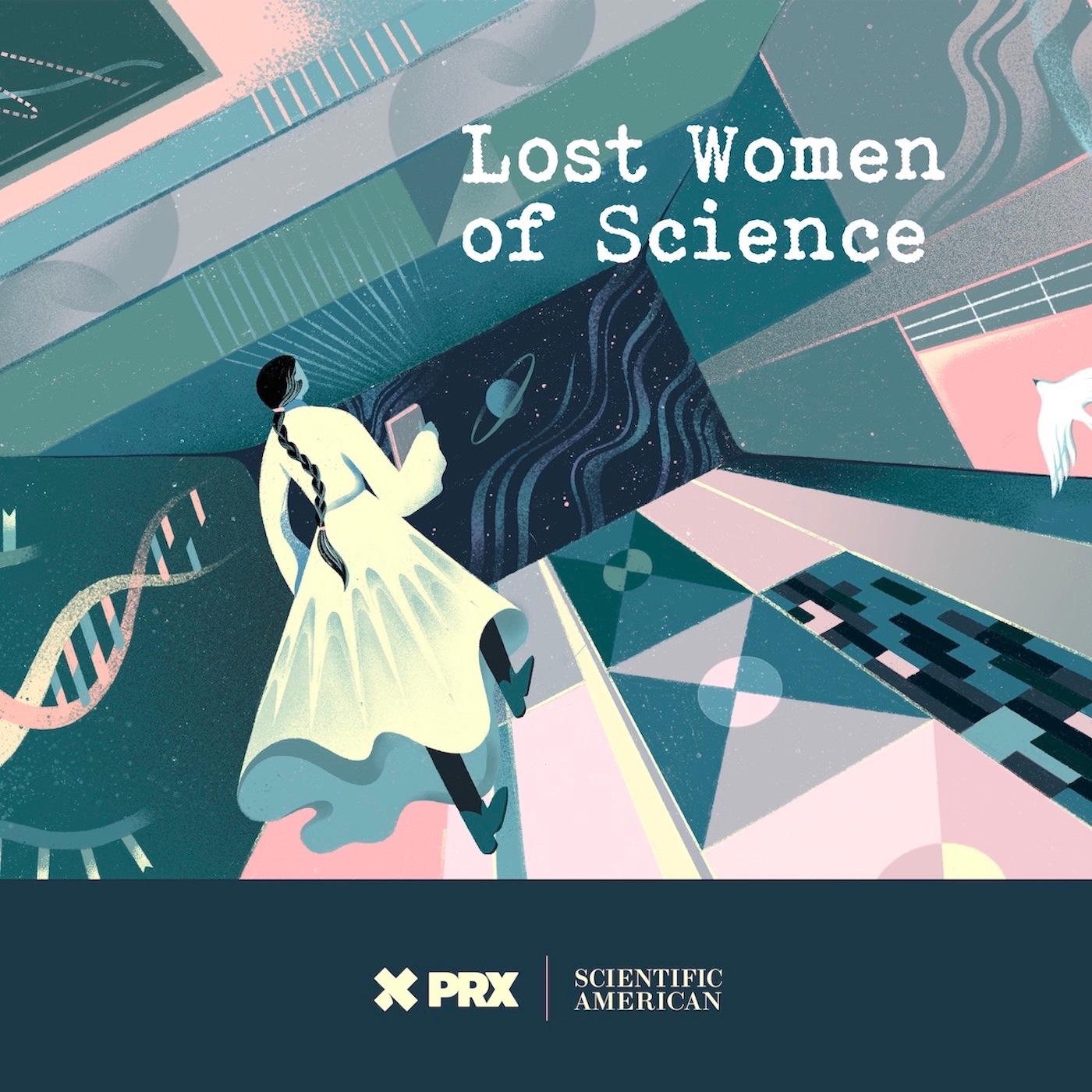
Lost Women of Science
Lost Women of ScienceFor every Marie Curie or Rosalind Franklin whose story has been told, hundreds of female scientists remain unknown to the public at large. In this series, we illuminate the lives and work of a diverse array of groundbreaking scientists who, because of time, place and gender, have gone largely unrecognized. Each season we focus on a different scientist, putting her narrative into context, explaining not just the science but also the social and historical conditions in which she lived and worked. We also bring these stories to the present, painting a full picture of how her work endures.
For every Marie Curie or Rosalind Franklin whose story has been told, hundreds of female scientists remain unknown to the public at large. In this series, we illuminate the lives and work of a diverse array of groundbreaking scientists who, because of time, place and gender, have gone largely unrecognized. Each season we focus on a different scientist, putting her narrative into context, explaining not just the science but also the social and historical conditions in which she lived and worked. We also bring these stories to the present, painting a full picture of how her work endures.

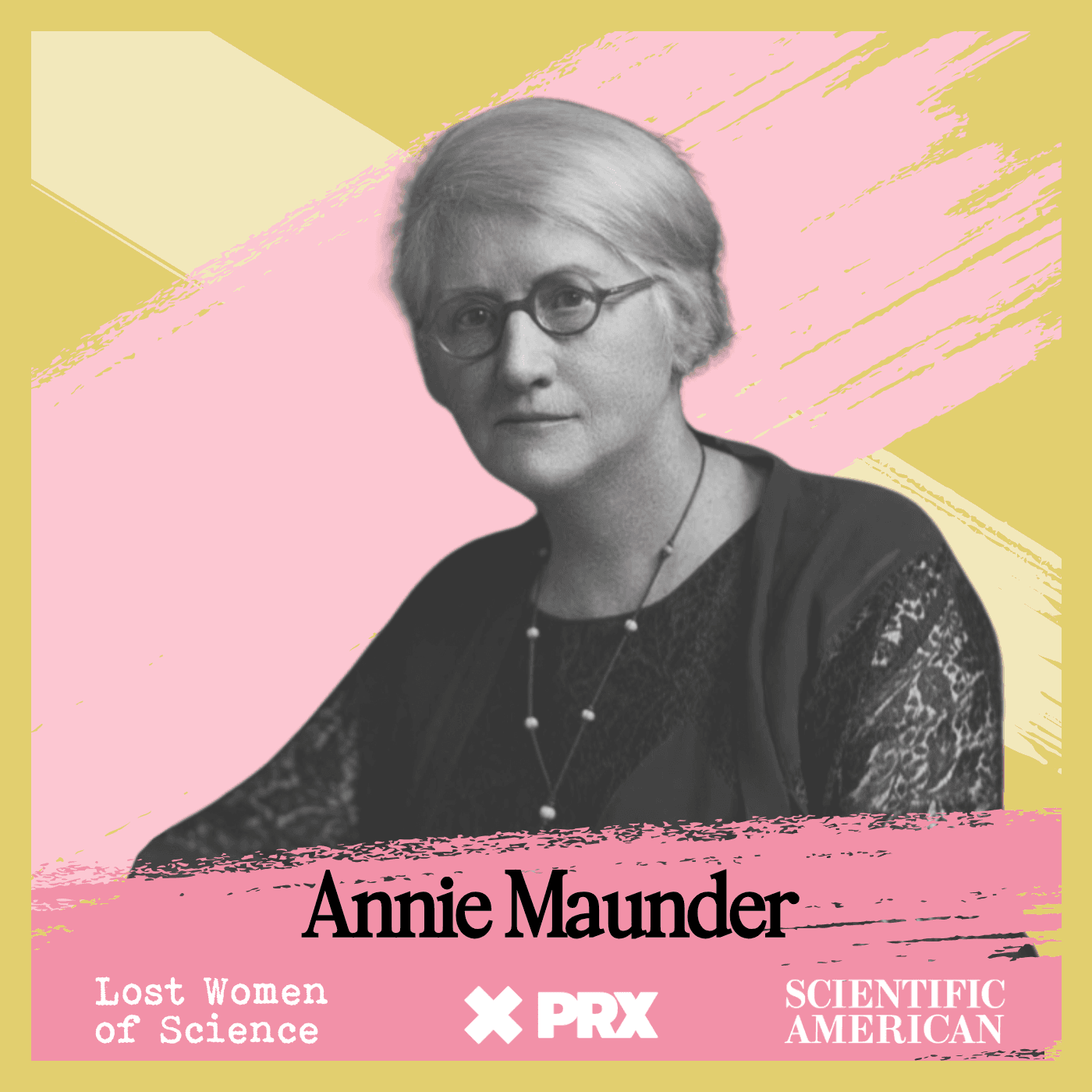









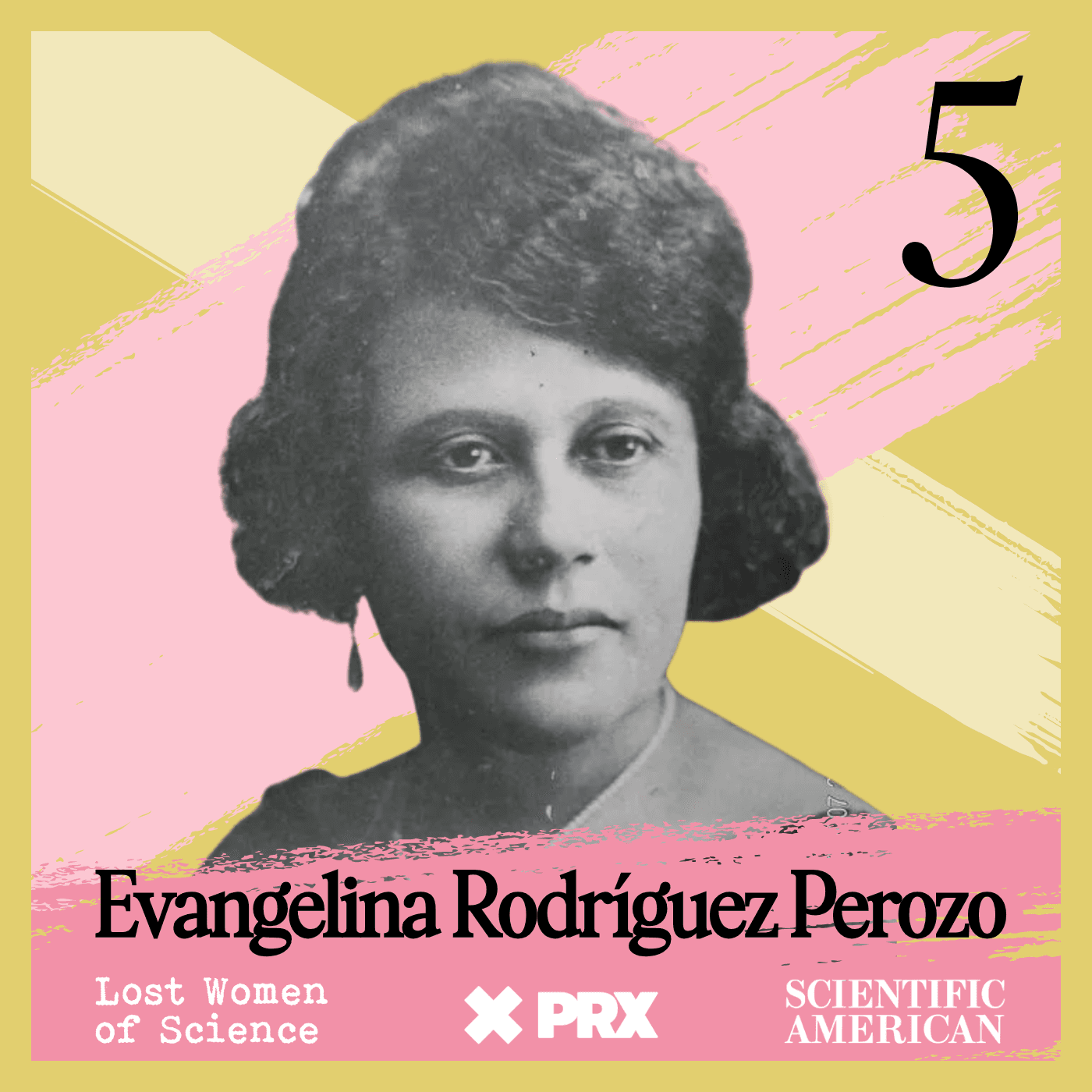













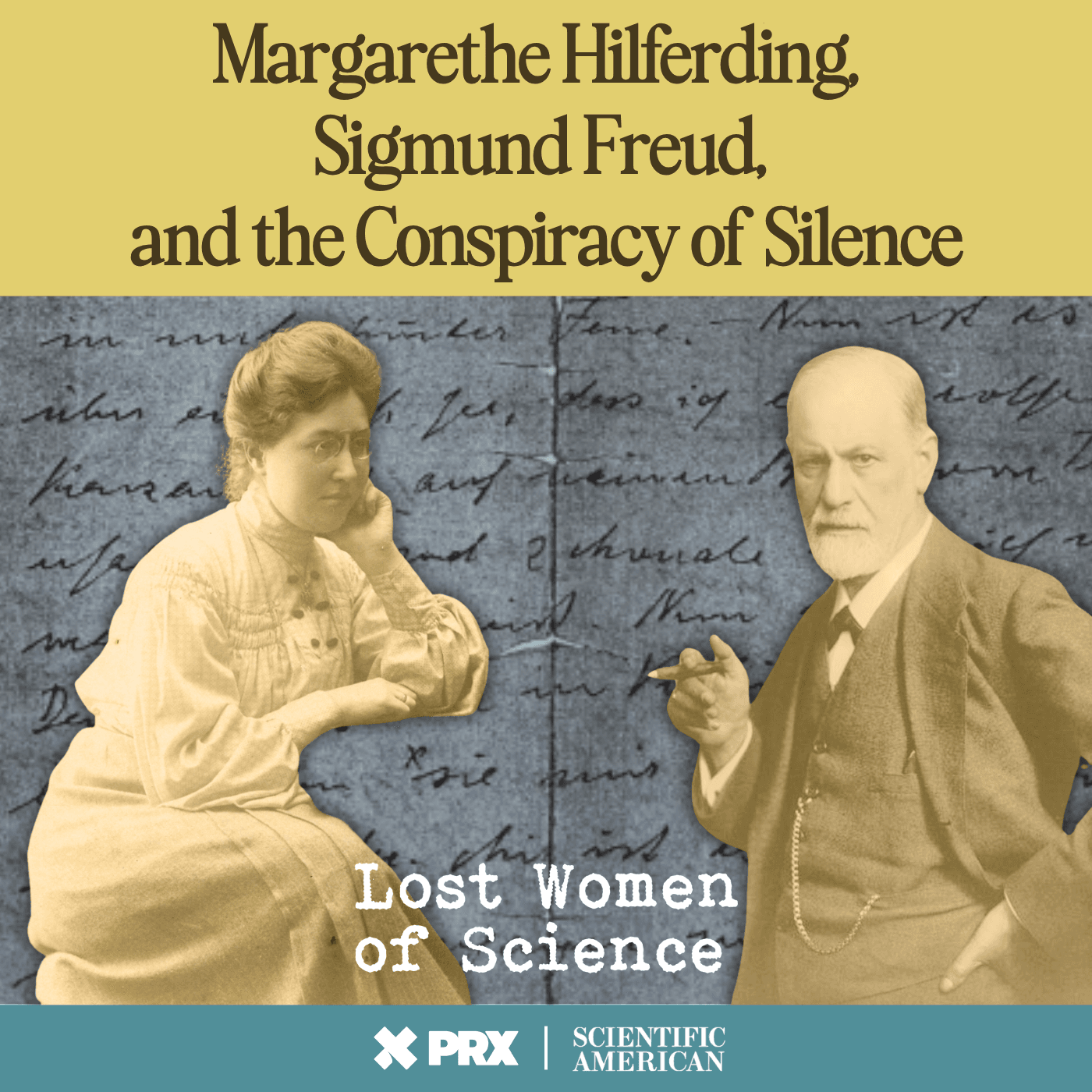





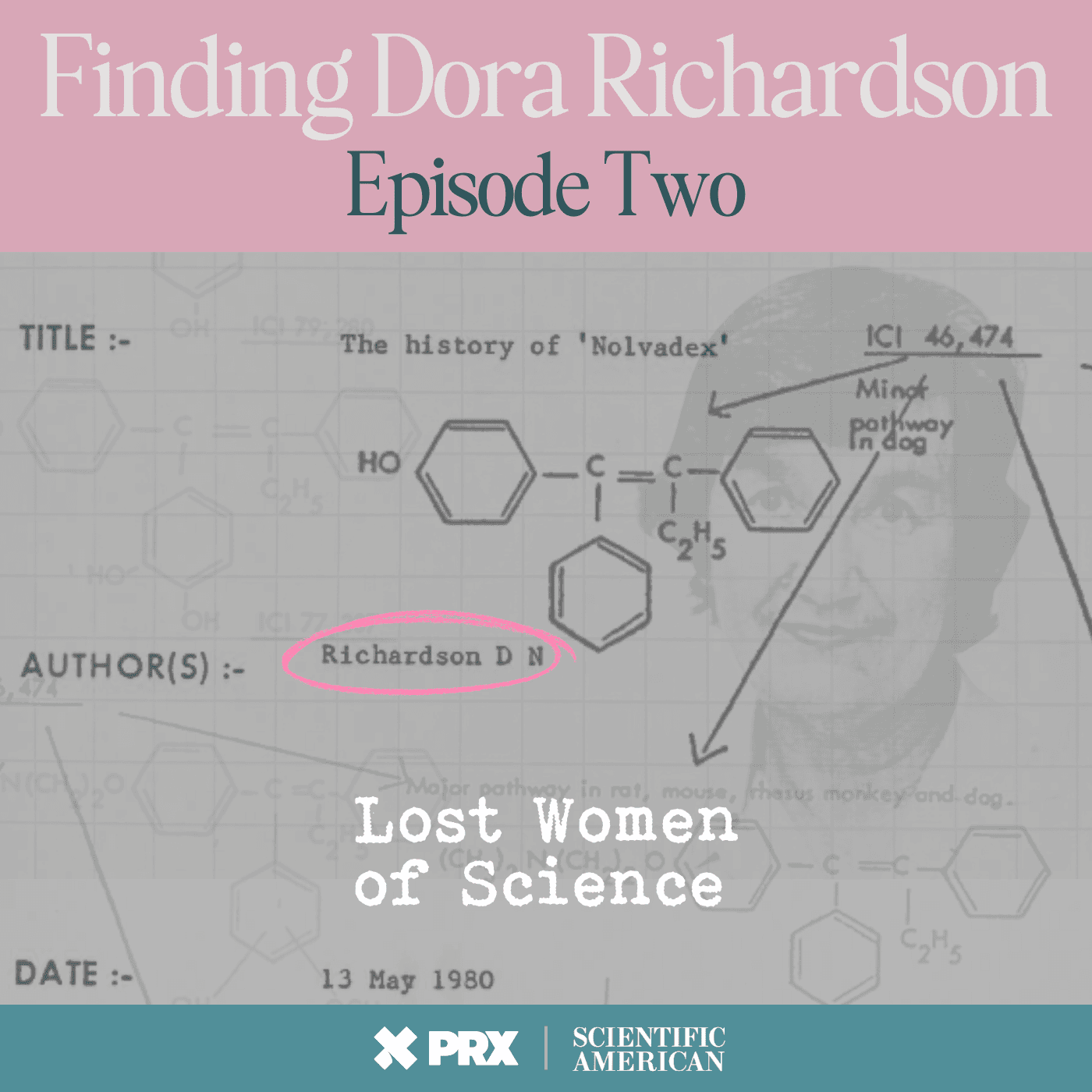
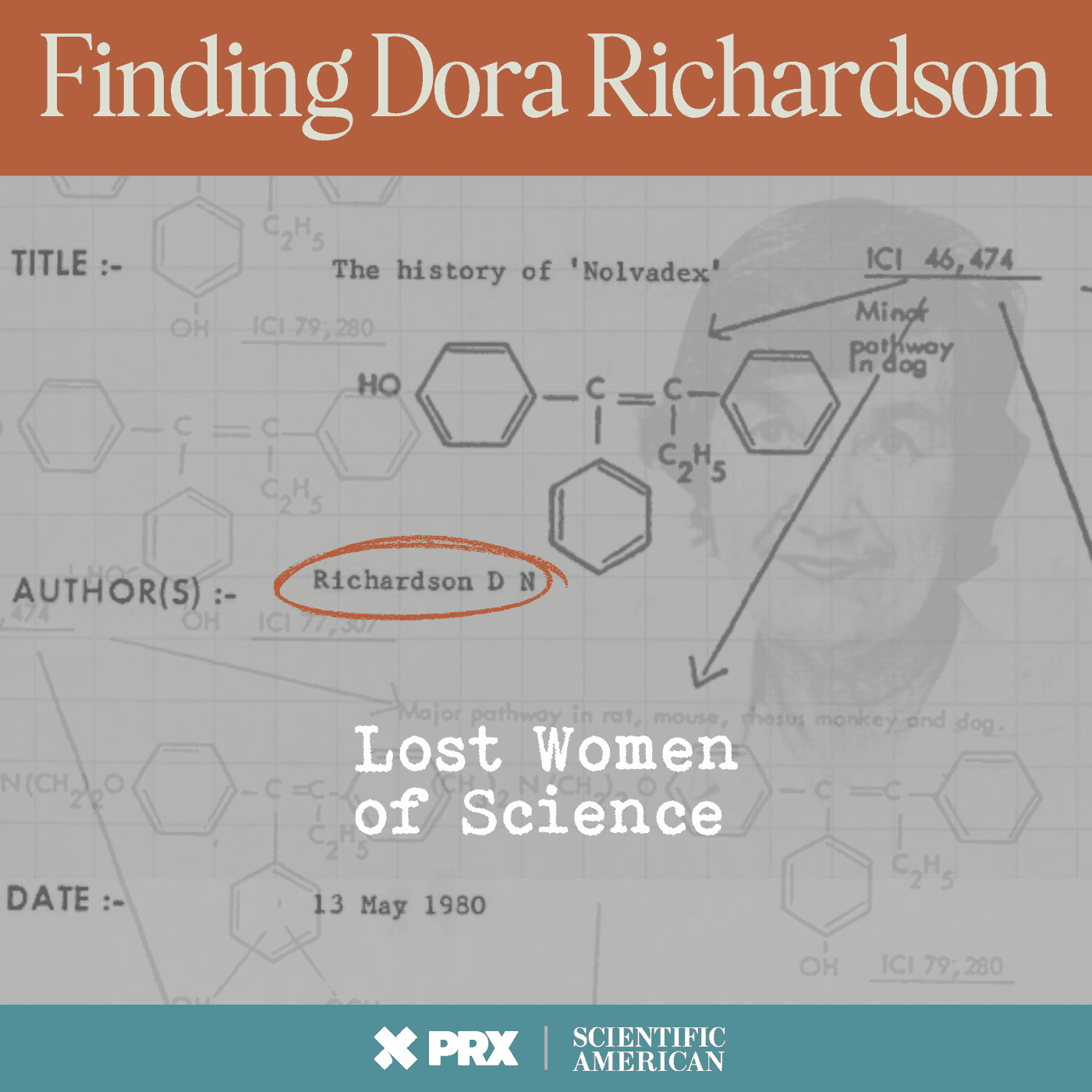




















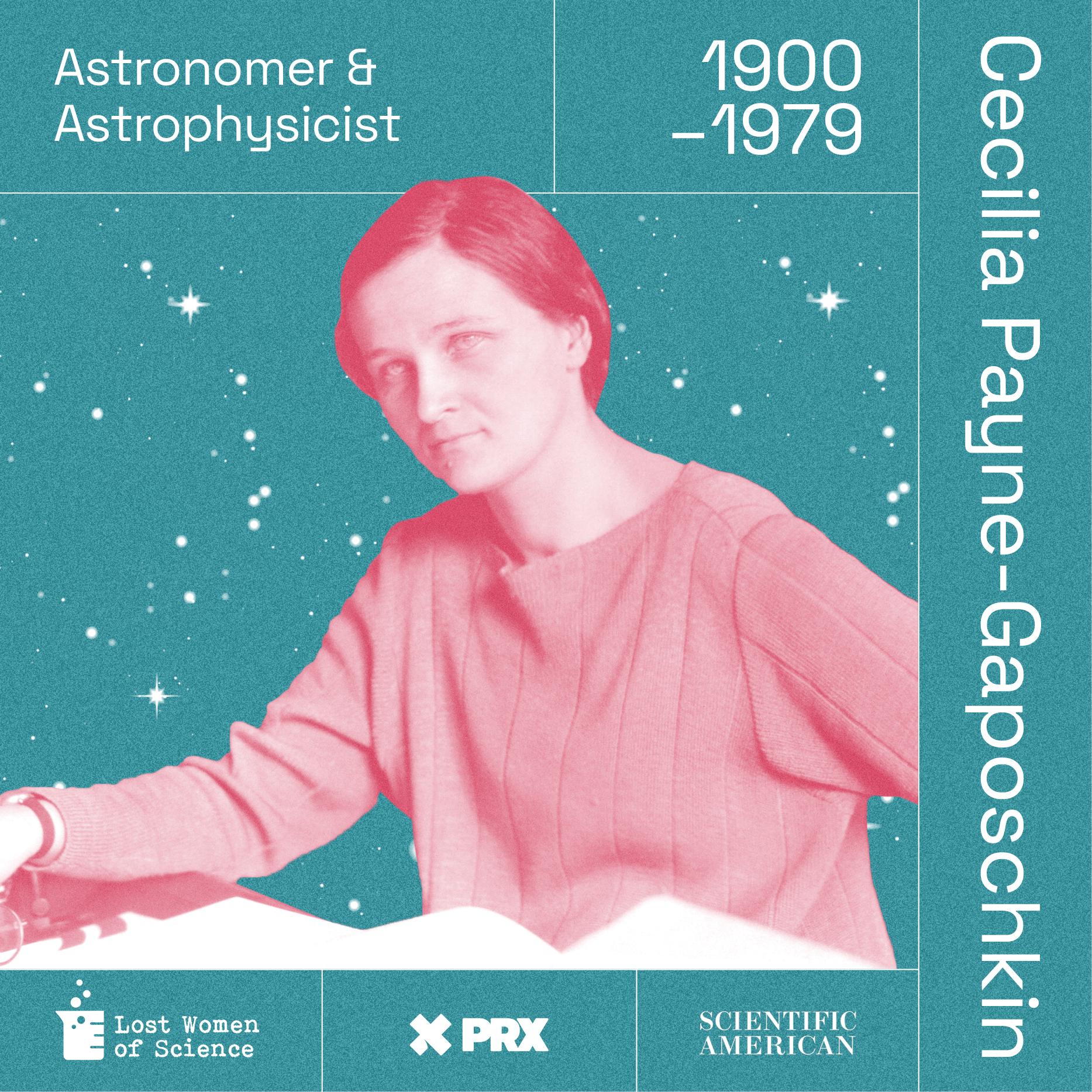
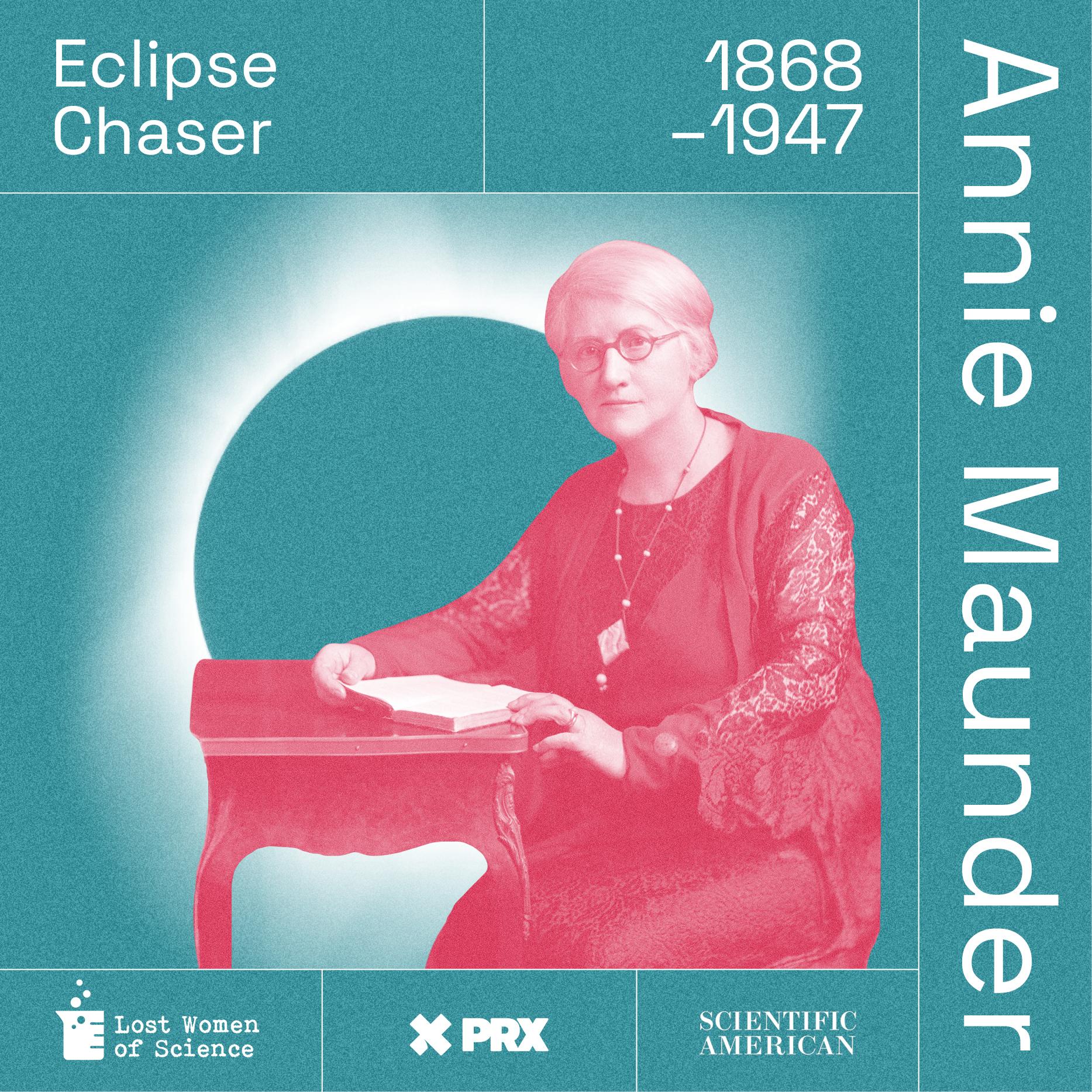
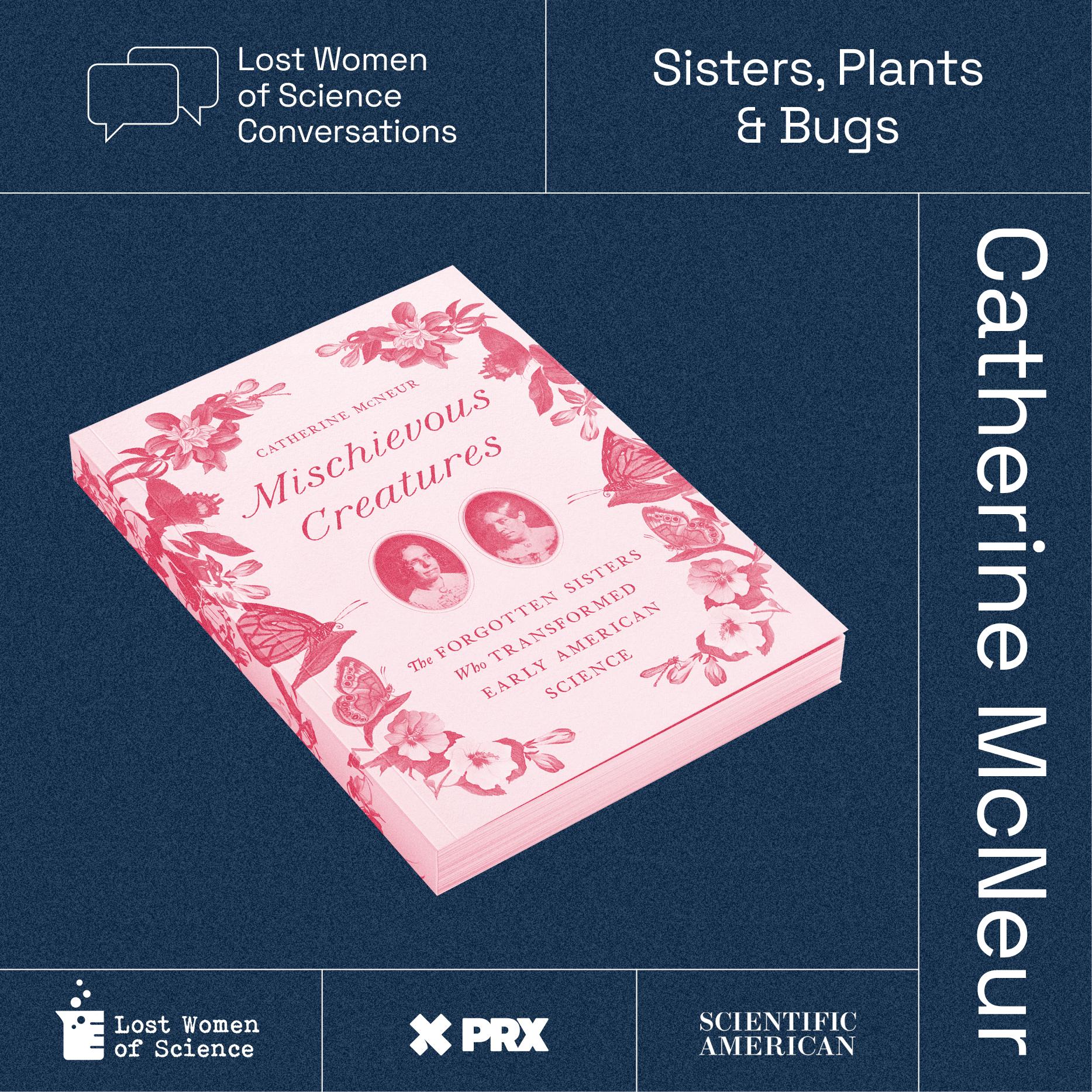










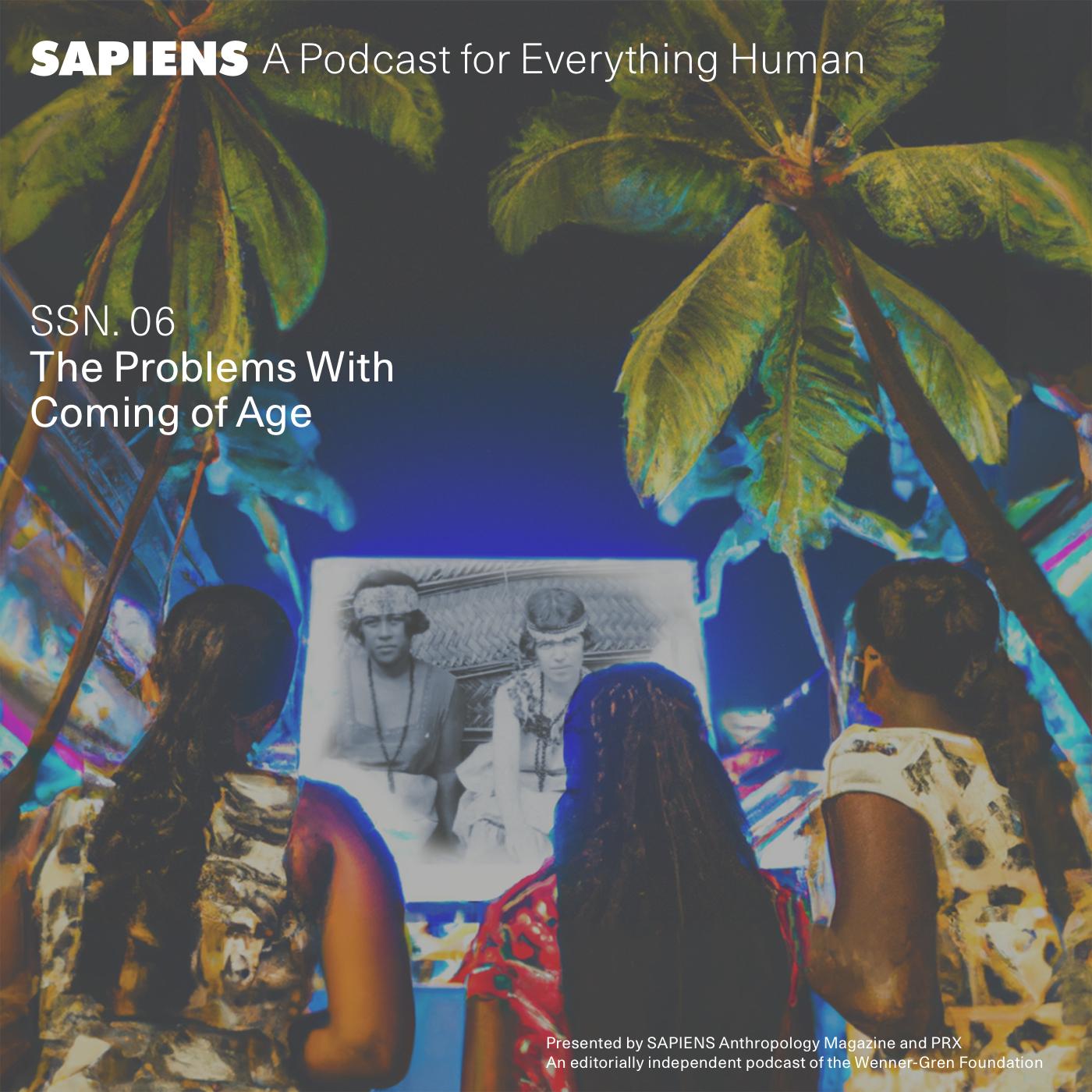











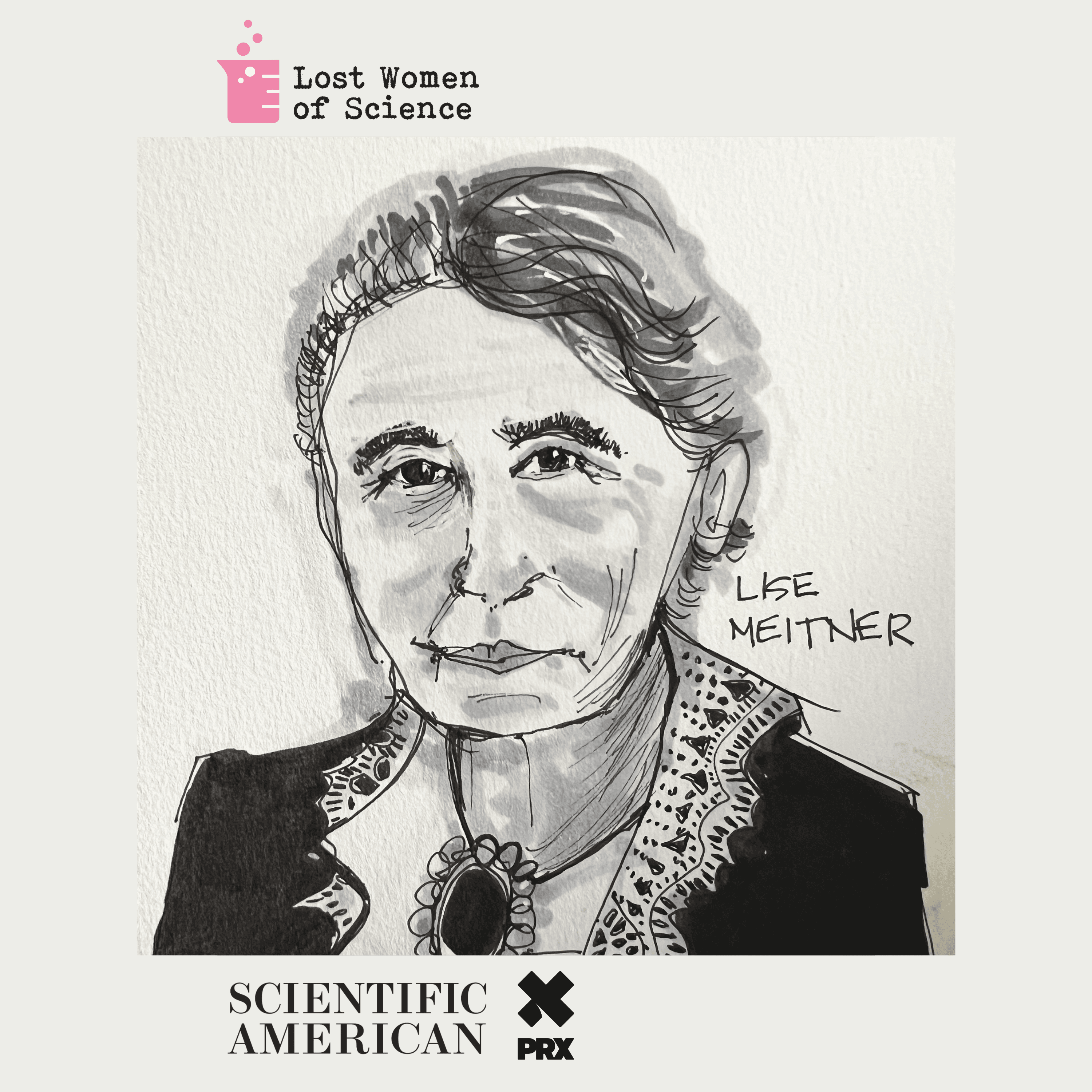




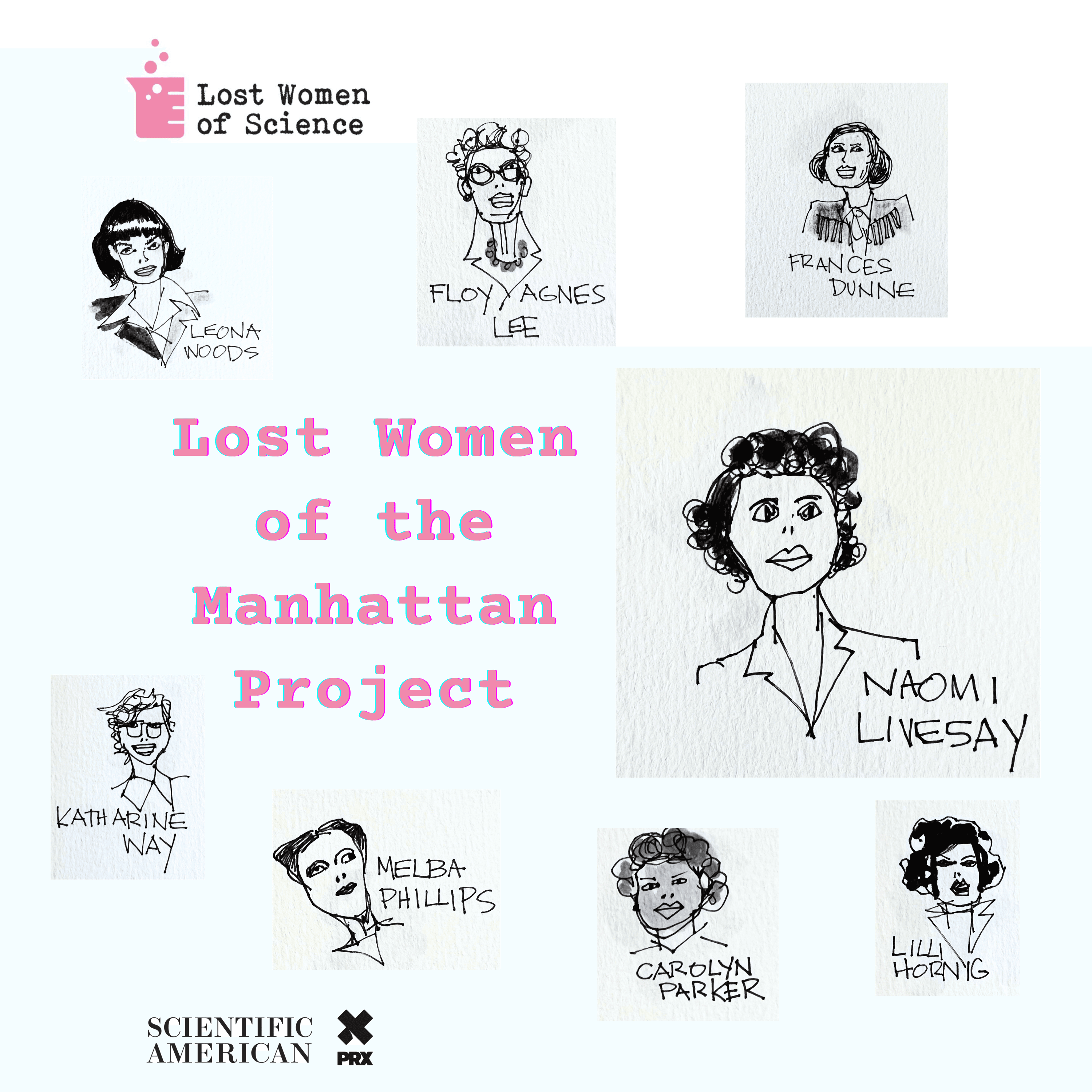




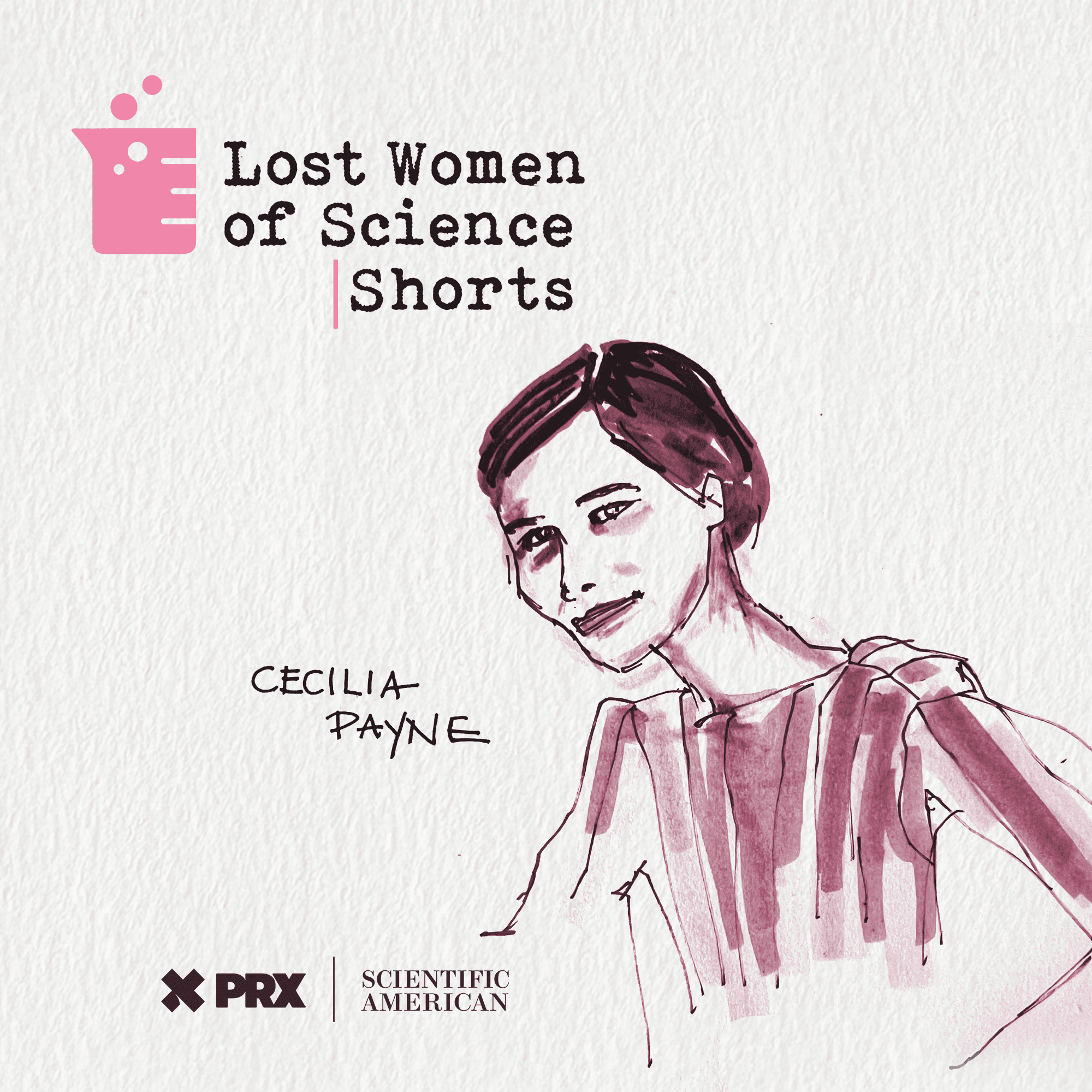


























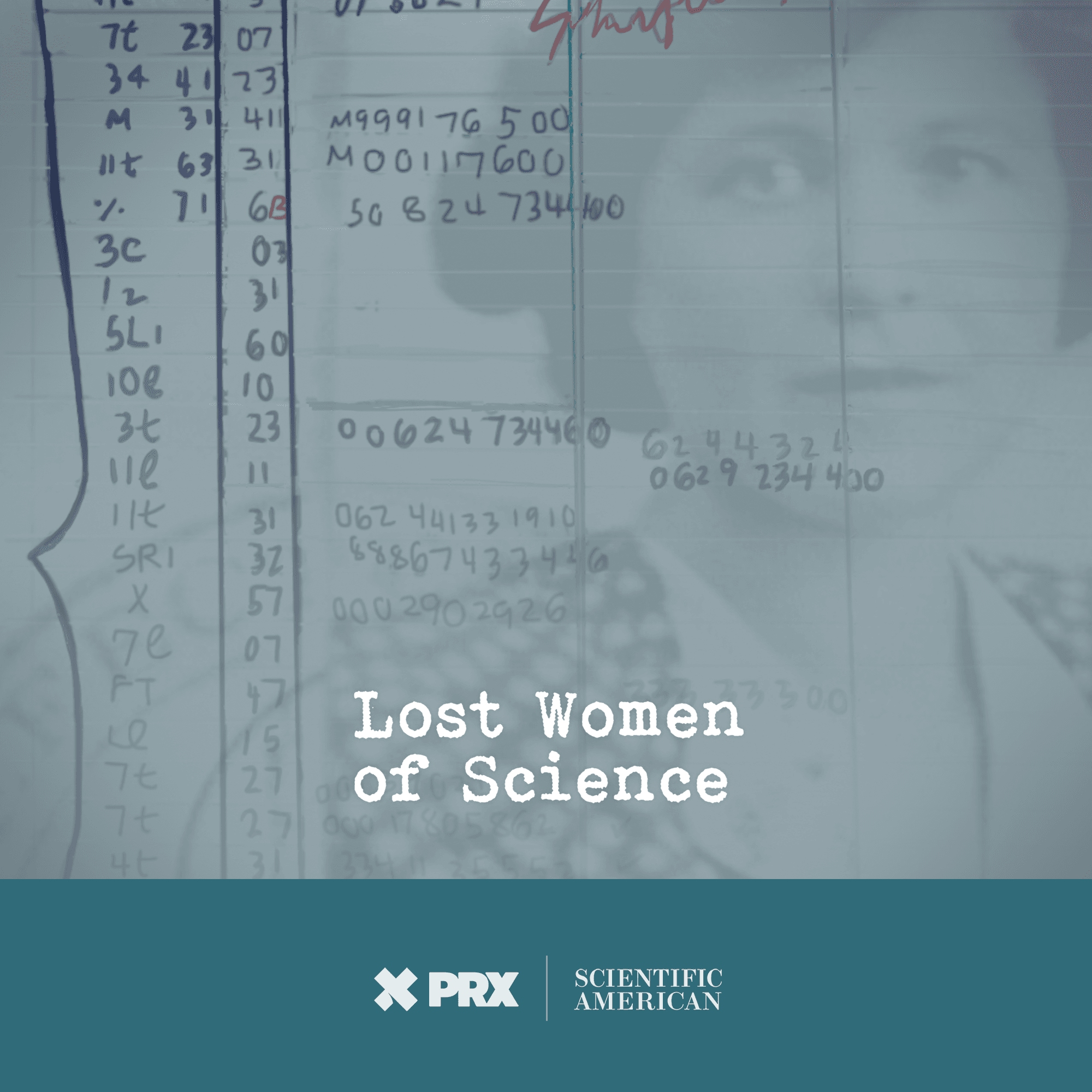
The Universe in Radio Vision

The Australian physicist Ruby Payne-Scott helped lay the groundwork for a whole new kind of astronomy: radio astronomy. By scanning the skies for radio waves instead of the light waves we can see with our eyes, Ruby and her colleagues opened a window into the universe and transformed the way we explore it. But to keep her job as a woman working for the Australian government in the 1940s, Ruby had to keep a pretty big secret.
Learn about your ad choices: dovetail.prx.org/ad-choices